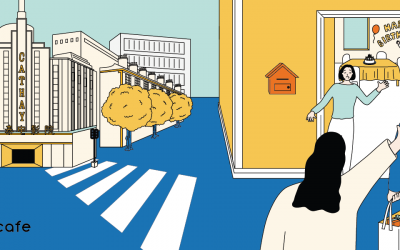The past in Chinese – how do we use it?
Did you know that to say the express the past in Chinese, you either 了 or 过 after verbs? This is either to show that the action is completed or has happened in the past.
It is much easier to express the past in Chinese than in English because there is no need to conjugate every single verb. However, it’s not as simple as adding 了(le) to the end of every sentence.
Both can be used to express the past, but in different ways so it’s important to learn how to use each character correctly.
A quick comparison of ways to turn verbs into the past in Chinese
Firstly – let’s remember that placing either of these at the end of your verb show that the action has been completed. If you’re not trying to express the past in Chinese, be careful adding either to the end of a verb.
1. Verb +了
他去了北京
Tā qùle běijīng
He went to Beijing
Here, you must use 了 – le, to show that the action has already been completed. In this context, the sentence means that he went to Beijing and the assumption is that he is still currently there.
2. Verb + 过
3. Negative:
没 + V + 过
Méi + Verb + guò
他没去过上海
Tā méi qùguò shànghǎi
He has never been to Shanghai
When you add the negative before the verb and the past participle guò after, you successfully express that you haven’t done something yet. It’s a highly useful structure when expressing the past in Chinese!
他没去上海
Tā méi qù shànghǎi
He didn’t go to Shanghai
In this final point, you must not use le in the past, because there’s no need! By placing méi in front of the verb, it’s clear you’re talking about a past action.
So how do you feel about expressing the past in Chinese? It’s not actually that difficult right? As long as you can master the two different contexts, you’ll have no problem.
If you want more opportunity to practise using the past in Chinese, why not sign up for one of our free trial classes? Alternatively, keep learning new Chinese vocabulary with our fun post about loan words in Chinese!



